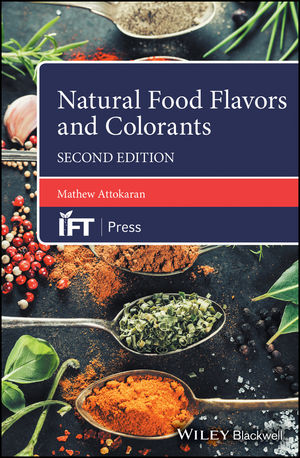Are you getting enough superfruits?

 While consumers continue to hear about superfruits, there’s no official U.S. Department of Agriculture (USDA) or Food and Drug Administration (FDA) definition for the word. We just started to see the term in the mid-2000s and Webster’s online dictionary has not yet added it.
While consumers continue to hear about superfruits, there’s no official U.S. Department of Agriculture (USDA) or Food and Drug Administration (FDA) definition for the word. We just started to see the term in the mid-2000s and Webster’s online dictionary has not yet added it.
Unofficially, superfruits are thought of as having superior nutritional content and high phytochemicals.
We often see advertising for superfruits in sweet goods, energy drinks, dietary supplements, cosmetics, functional foods, fortified water and even candy, although that seems to be an oxymoron. Although sound, scientific research behind the claims for many of the exotic superfruits is rare, it hasn’t deterred advertisers from touting their alleged attributes.
A recent article on Health.com exclaims “23 Superfruits You Need Now!” I’d be hard-pressed to identify 23 fruits off the top of my head, let alone 23 superfruits.
Meanwhile, ThirdAge.com promotes the “Top 10 Super Fruits,” but then only lists nine: Black currents; blueberries; blackberries; raspberries; pomegranates; cranberries; grapefruit; lemons; and oranges. The benefits touted for these fruits typically include, but are not limited to, antioxidant/antibiotic content; aiding in weight loss; lowering cholesterol; improving skin and teeth; helping fight asthma, bronchitis, tuberculosis, pneumonia, diabetes, arthritis and high blood pressure; aiding in brain development; and promoting a healthy heart. Missing from this list are acai berry, coconut water, mangosteen, goji berry and noni berry and the lesser known acerola (Barbados cherry), aronia berry (chokecherry) maqui berry, yumberry, sea buckthorn berry, jujube fruit, cupuacu fruit and pitaya.
Clearly, most of these superfruits are touted for their antioxidant properties and anti-inflammatory benefits. Unfortunately, many of these superfruits come at a price higher than the value of their nutritional properties. For instance, acai is definitely high in anthocyanidins, but grapes, blueberries and many other common fruits also have high amounts and are much cheaper.
With all the hype about superfruits, we often forget that many of the common, domestically grown fruits are superfruits in their own right. Blueberries, blackberries, raspberries, strawberries, currents, plums, apricots, grapes, grapefruit, oranges, lemons, watermelon, cranberries, mangos and chokecherries are all superfruits. And let’s not forget tomatoes. According to the Produce for Better Health Foundation’s (PBHF) website (www.phbfoundation.org), the Supreme Court actually made a ruling in 1883 stating that tomatoes, while commonly consumed as a vegetable, technically are a fruit.
Nutritionists recommend eating a wide variety of colorful fruits to acquire all of their potential health benefits. While color is a good indicator of phytochemical content, it is not the only one; some phytochemicals are colorless. There may be as many as 4,000 phytochemicals provided by plant-based foods, and they each have their own benefits. Beta-carotene, lycopene, lutein, anthocyanidin, ellagic acid and resveratrol are just a few you may recognize.
If some antioxidants are good, are more better? Unfortunately, most Americans don’t eat enough fruit, vegetables and whole grains (another good source of phytochemicals) for us to know if there’s an upper limit for some or all of them. There are no current guidelines on the amount of phytochemicals needed as more human clinical trials are necessary to make any recommendations. However, there is less chance of consuming too many by eating whole foods instead of taking supplements.
When it comes to fruits and vegetables, more matters, which is why the PBHF and the Centers for Disease Control & Prevention (CDC) are promoting the USDA’s MyPlate recommendations to encourage people to make half their plate fruits and vegetables. Unfortunately, most Americans haven’t reached that goal … yet.
Looking for a reprint of this article?
From high-res PDFs to custom plaques, order your copy today!







